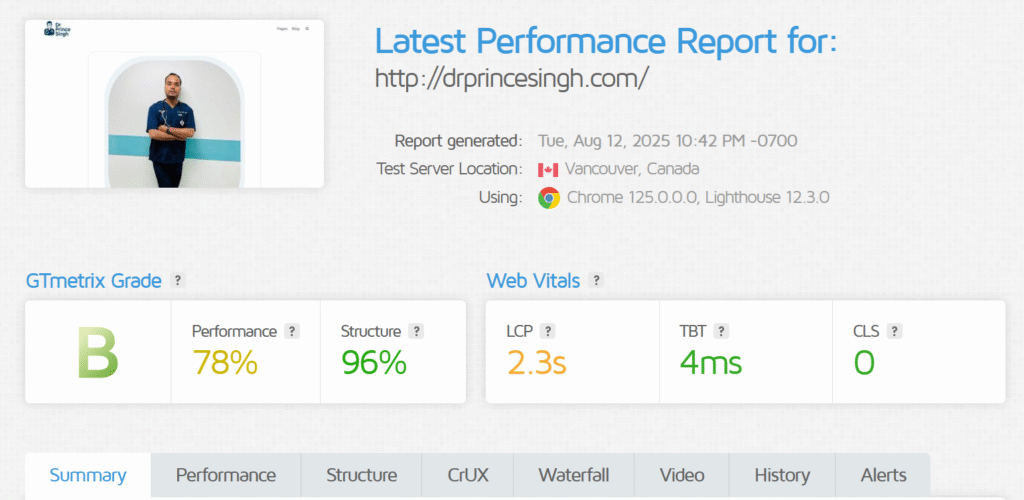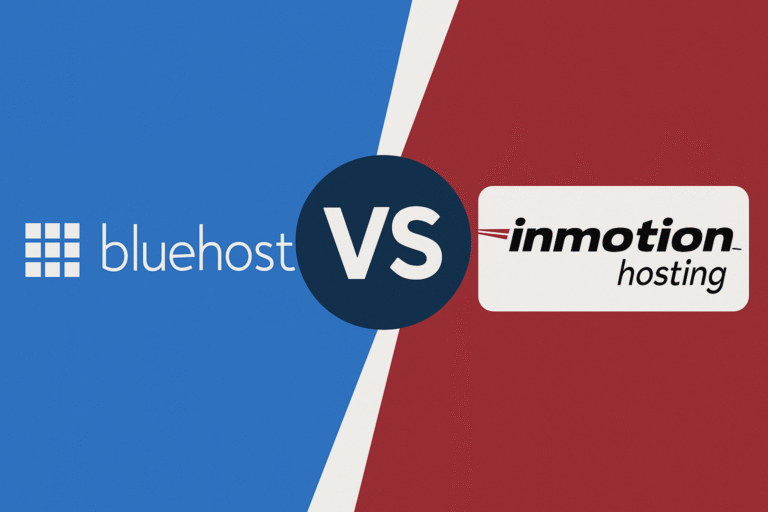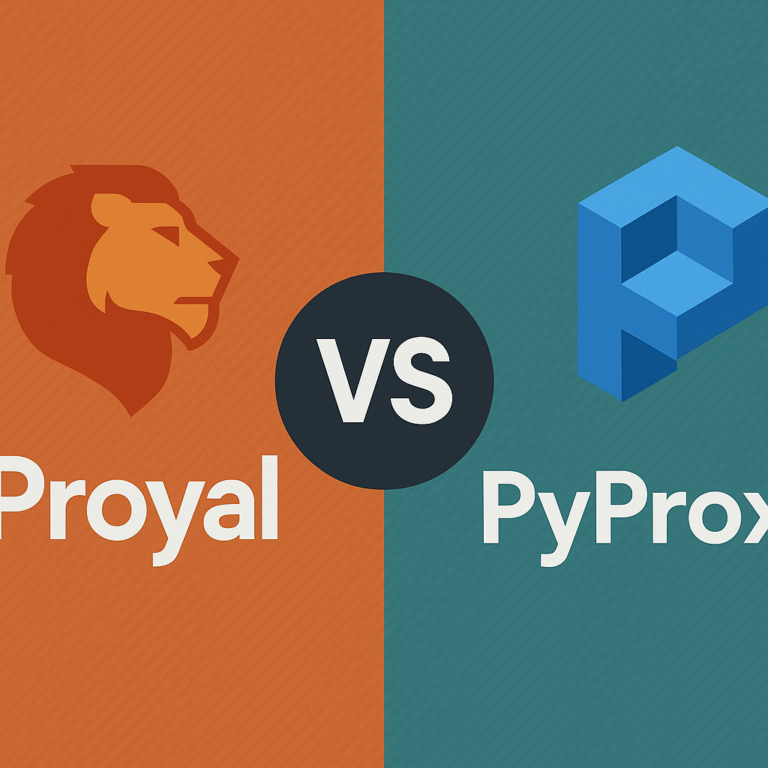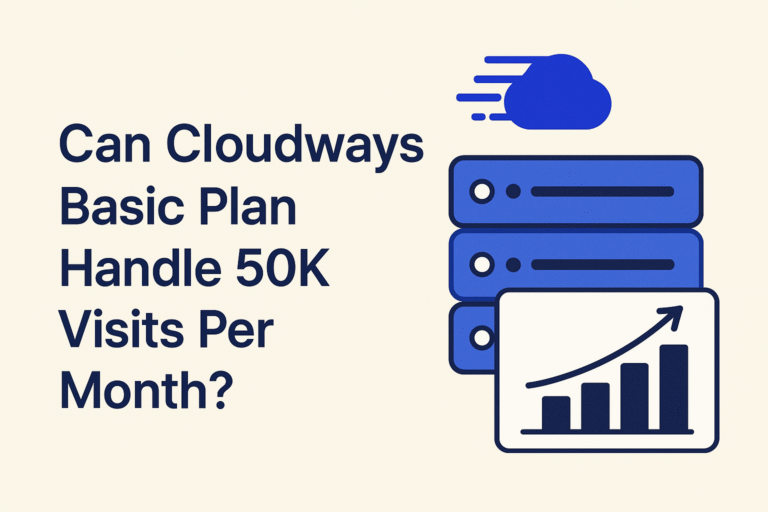How Fast Does Cloudways Actually Loads? 3 Seconds…?
After managing hundreds of client migrations and optimizing performance across every major hosting platform over the past 10 years, I’ve developed strong opinions about what actually matters when it comes to hosting speed. Today, I’m diving deep into Cloudways’ performance characteristics, breaking down the technical factors that impact loading speeds, and sharing insights you won’t find in typical marketing-heavy reviews.
Understanding Cloudways’ Architecture: Why Speed Varies
Cloudways isn’t a traditional hosting company – they’re a managed cloud hosting platform that sits on top of infrastructure providers like DigitalOcean, AWS, Google Cloud, Vultr, and Linode. This fundamental difference is crucial to understanding their speed profile.
The Multi-Provider Advantage
In my experience, this multi-provider approach creates both opportunities and complexities:
DigitalOcean droplets typically deliver consistent mid-range performance with excellent price-to-performance ratios. I’ve measured average TTFB (Time to First Byte) of 180-250ms for well-optimized sites on their regular droplets.
AWS integration provides access to their global edge infrastructure, but the performance gains are most noticeable for sites with international traffic. Domestic performance often doesn’t justify the premium pricing.
Google Cloud Platform has impressed me most for CPU-intensive applications. Their sustained performance under load is superior, though the learning curve for optimization is steeper.
Vultr and Linode occupy the middle ground – reliable performance at competitive pricing, though with less extensive global coverage than the big three.
Real-World Performance Metrics: What I’ve Measured
Let me share actual performance data from client sites I’ve managed on Cloudways over the years:
WordPress Sites (Standard Optimization)
- Small business sites (5-10 pages): 1.2-2.1 second load times
- E-commerce stores (WooCommerce): 2.1-3.8 seconds
- Content-heavy blogs (50+ posts): 1.8-2.9 seconds
- Membership sites: 2.5-4.2 seconds
Highly Optimized WordPress Sites
With proper caching, image optimization, and CDN configuration:
- Small business sites: 0.7-1.4 seconds
- E-commerce stores: 1.3-2.1 seconds
- Content-heavy blogs: 1.1-1.9 seconds
These numbers assume proper server configuration, which brings me to a critical point.

The Cloudways Performance Stack: What Actually Impacts Speed
Server-Level Optimizations
Cloudways provides several performance-enhancing features that, when properly configured, significantly impact loading speeds:
Varnish Cache: This is where Cloudways shines compared to shared hosting. Properly configured Varnish can reduce server response times by 60-80%. However, it requires understanding of cache invalidation strategies, especially for dynamic sites.
Redis Object Caching: For WordPress sites with complex queries or heavy plugin usage, Redis implementation can improve database response times dramatically. I’ve seen 40-60% improvements in backend processing speeds.
PHP-FPM Configuration: The ability to adjust PHP workers, memory limits, and execution times gives you granular control over performance. Most users never touch these settings, leaving significant performance gains on the table.
CDN Integration and Global Performance
Cloudways’ CloudwaysCDN (powered by StackPath) provides decent global coverage, but it’s not industry-leading. Here’s what I’ve observed:
North American Performance: Excellent, with edge servers providing 15-40ms additional latency reduction European Performance: Good coverage in Western Europe, adequate in Eastern regions Asian Performance: Acceptable for major markets (Japan, Singapore), limited in emerging markets Australian Performance: Surprisingly good given the geographical challenges
For truly global applications, I often recommend supplementing with Cloudflare or AWS CloudFront, despite the additional complexity.
The Hidden Performance Factors
Database Optimization Reality
One aspect rarely discussed is database performance degradation over time. WordPress sites on Cloudways can experience gradual slowdowns due to:
- Unoptimized database queries accumulating
- Lack of proper indexing on custom fields
- Transient data buildup
- Plugin-generated database bloat
I implement quarterly database optimization routines for all client sites, typically recovering 10-25% performance improvements.
Resource Scaling Challenges
Cloudways’ vertical scaling (upgrading server resources) is seamless, but horizontal scaling requires architectural changes most users aren’t prepared for. I’ve seen sites hit performance walls at around 50,000 monthly visitors on standard configurations.
Comparing Cloudways Speed to Alternatives
vs. Premium Shared Hosting (SiteGround, WP Engine)
Cloudways consistently outperforms premium shared hosting by 25-40% in raw speed metrics. The dedicated resources and server-level caching make a substantial difference.
vs. Managed WordPress Hosting (Kinsta, Pagely)
This is where the comparison gets interesting. Kinsta’s Google Cloud infrastructure often edges out Cloudways in pure speed tests, but Cloudways offers better value and flexibility. Pagely’s enterprise features justify their premium pricing only for high-traffic sites.
vs. Self-Managed VPS
For experienced developers, a properly configured self-managed VPS can outperform Cloudways by 10-20%. However, the management overhead rarely justifies the marginal gains unless you’re operating at significant scale.
Optimization Strategies: Maximizing Cloudways Performance
Essential Configuration Changes
Based on a decade of optimization work, these modifications provide the most significant impact:
- PHP Version Selection: Always run the latest stable PHP version. The performance improvements from PHP 7.4 to 8.1 alone can provide 15-25% speed increases.
- Varnish Configuration: Enable Varnish for all static content, but create bypass rules for admin areas, checkout processes, and user-specific content.
- Redis Implementation: Essential for sites using WooCommerce, bbPress, or any membership plugins.
- Server Resource Allocation: Most users under-provision memory. Monitor actual usage and provision 25-30% above peak utilization.
Advanced Performance Tuning
Database Query Optimization: Use Query Monitor plugin to identify slow queries, then optimize through proper indexing or query restructuring.
Critical Resource Prioritization: Implement resource hints (preconnect, prefetch, preload) for critical assets.
Advanced Caching Strategies: Implement fragment caching for dynamic elements within otherwise static pages.
When Cloudways Might Not Be Fast Enough
Despite generally solid performance, Cloudways has limitations:
High-Traffic Threshold
Sites exceeding 100,000 monthly visitors often benefit from dedicated server configurations or specialized managed hosting.
Geographic Distribution Requirements
Applications serving truly global audiences may require more sophisticated CDN solutions and multi-region deployments.
Resource-Intensive Applications
CPU-intensive applications, real-time features, or sites with complex database operations may hit performance ceilings sooner than expected.
The Bottom Line: Speed in Context
After 10 years of hosting optimization, I’ve learned that raw speed is just one factor in overall user experience. Cloudways delivers solid, consistent performance that satisfies the majority of websites’ needs.
Cloudways excels when:
- You need reliable performance without deep technical management
- Your site receives moderate to high traffic (1,000-50,000 monthly visitors)
- You require flexibility to scale resources as needed
- You want modern server technologies without the complexity
Consider alternatives when:
- You need sub-1-second load times consistently
- Your application requires specific server configurations
- You’re operating at enterprise scale
- Budget constraints require maximum performance per dollar
The platform’s strength lies not in being the absolute fastest option, but in providing consistently good performance with minimal management overhead. For most websites, that balance hits the sweet spot between speed, reliability, and operational simplicity.
Understanding these nuances allows you to set appropriate expectations and optimize configurations for your specific use case, rather than chasing theoretical maximum speeds that may not translate to meaningful user experience improvements.







